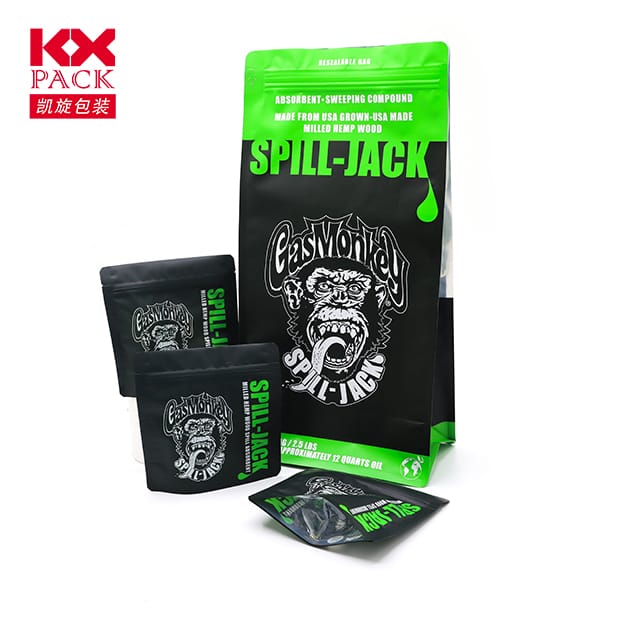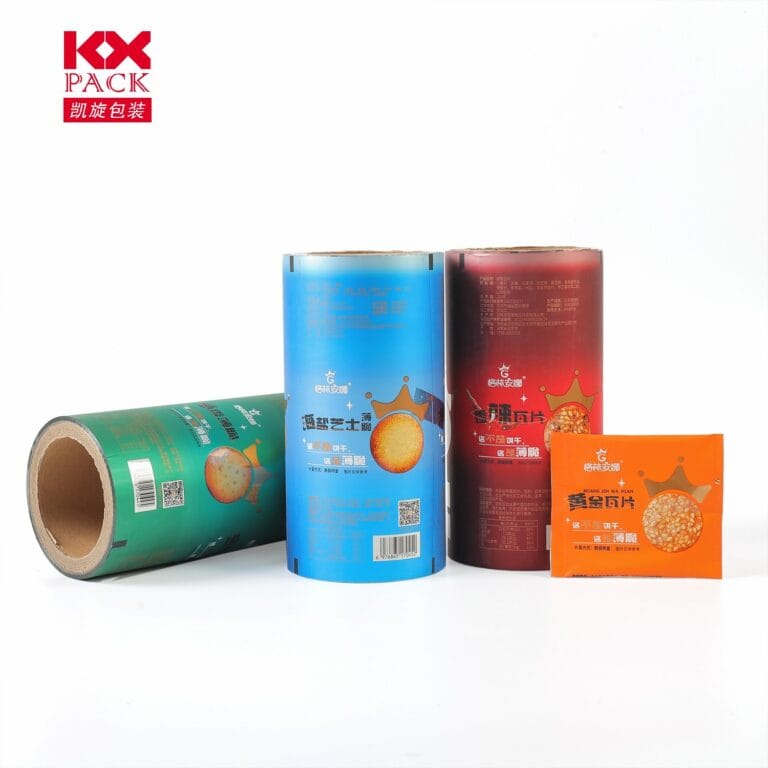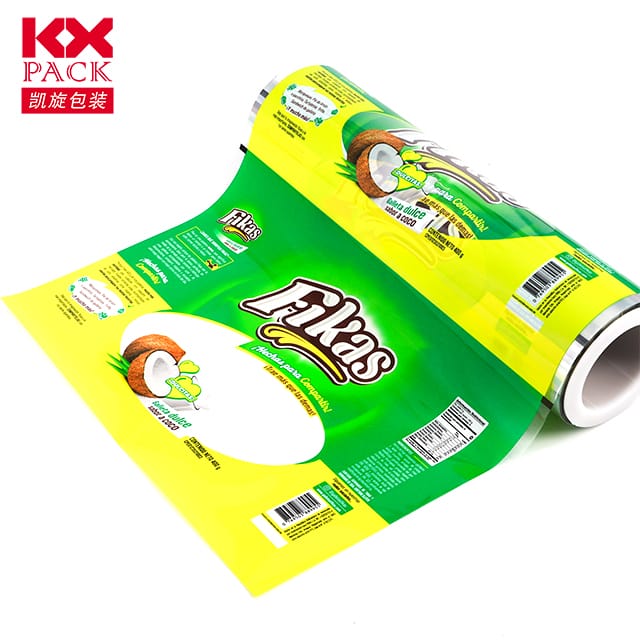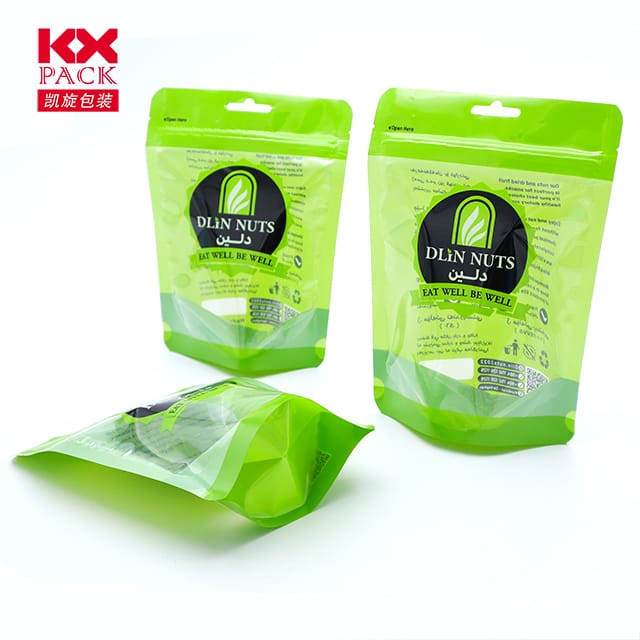Plastic Film for Food: A Comprehensive Guide to Safety, ความยั่งยืน, and Best Practices
ฟิล์มพลาสติก
Plastic film for food—commonly known as cling wrap, food wrap, or plastic wrap—is a staple in kitchens worldwide. Its ability to preserve freshness, prevent contamination, and extend the shelf life of perishables makes it indispensable for households, restaurants, and food manufacturers. อย่างไรก็ตาม, growing concerns about environmental impact and chemical safety have sparked debates about its usage. ในบล็อกนี้, we’ll explore theประเภท, ประโยชน์, ความเสี่ยง, และทางเลือกที่เป็นมิตรกับสิ่งแวดล้อม of plastic film for food, empowering you to make informed choices.
What Is Plastic Film for Food?
Plastic film for food is a thin, flexible material made primarily fromเอทิลีน (วิชาพลศึกษา), though variations likeโพลีไวนิลคลอไรด์ (พีวีซี) หรือpolyvinylidene chloride (PVDC) may also be used. It’s designed to create an airtight seal around food items, protecting them from moisture, ออกซิเจน, and odors. Common applications include:
- Wrapping leftovers
- Covering bowls or plates
- Packaging deli meats or cheeses
- Protecting produce during storage
Types of Plastic Film for Food
- โพลีเอทิลีน (วิชาพลศึกษา) ฟิล์ม
- The most widely used and safest option for food contact.
- Comes in two varieties:
- Low-density polyethylene (แอลดีพีอี): Soft and clingy, ideal for wrapping irregular shapes.
- High-density polyethylene (เอชดีพีอี): Stiffer and more durable, often used for freezer bags.
- PVC Film
- Contains plasticizers like phthalates, which can leach into food, especially fatty or acidic items.
- Less common today due to health and environmental concerns.
- Biodegradable/Compostable Films
- ทำจากวัสดุจากพืช (เช่น, แป้งข้าวโพด, เซลลูโลส) or biopolymers.
- Designed to break down faster than traditional plastics, though proper disposal is key.
Benefits of Using Plastic Film for Food
- การเก็บรักษาอาหาร: Reduces waste by keeping food fresh longer.
- สุขอนามัย: Prevents cross-contamination between foods.
- ความสะดวก: Easy to use, เก็บ, and transport.
- คุ้มค่า: Affordable compared to reusable containers for short-term storage.
Risks and Concerns
- Chemical Leaching
- Some films may release harmful substances (เช่น, สารบีพีเอ, phthalates) when heated or in contact with oily foods.
- สารละลาย: Look for labels indicating “microwave-safe” or “BPA-free.”
- ผลกระทบต่อสิ่งแวดล้อม
- Traditional plastic films are non-biodegradable and contribute to microplastic pollution.
- สารละลาย: Opt for recyclable or biodegradable options and recycle properly.
- Single-Use Waste
- Disposable plastic film generates significant landfill waste.
- สารละลาย: Switch to reusable silicone food covers or beeswax wraps.
How to Choose Safe Plastic Film for Food
- ตรวจสอบฉลาก: Prioritize products labeled “food-grade,” “FDA-approved,” or “phthalate-free.”
- Avoid PVC: Choose PE-based films instead.
- Look for Recycling Symbols: Films marked with recycling codes #2 (เอชดีพีอี) หรือ #4 (แอลดีพีอี) are safer and more recyclable.
- ความต้านทานอุณหภูมิ: Ensure the film is suitable for your intended use (เช่น, freezer, microwave).
ทางเลือกที่เป็นมิตรกับสิ่งแวดล้อมสำหรับฟิล์มพลาสติก
- Weeswax wraps
- นำกลับมาใช้ใหม่ได้, ย่อยสลายได้, and made from organic cotton coated in beeswax.
- Perfect for wrapping sandwiches, ชีส, or produce.
- ครอบคลุมอาหารซิลิโคน
- ทนทาน, สุญญากาศ, และทนความร้อน.
- Reusable for years, ลดของเสีย.
- ภาชนะแก้วหรือสแตนเลส
- Ideal for storing leftovers or meal prepping.
- Non-toxic and eco-friendly.
- Fabric Covers with Drawstrings
- Great for covering bowls or dough during rising.
- Machine-washable and sustainable.
Best Practices for Using Plastic Film Safely
- Avoid High Heat: Never use plastic film in ovens or toasters; it can melt and release toxins.
- Don’t Reuse Single-Use Films: They degrade quickly, increasing leaching risks.
- เก็บไว้อย่างถูกต้อง: Keep plastic film away from direct sunlight or heat to prevent chemical breakdown.
- Recycle Correctly: Clean used film and check local recycling guidelines (many curbside programs don’t accept it, but drop-off centers might).
The Future of Food Packaging
Innovations are addressing the drawbacks of traditional plastic film:
- ภาพยนตร์ที่กินได้: ทำจากสาหร่ายหรือแป้ง, these can be consumed along with the food.
- บรรจุภัณฑ์อัจฉริยะ: Films with sensors to monitor food freshness in real time.
- Advanced Bioplastics: Stronger, more sustainable materials derived from agricultural waste.
ความคิดสุดท้าย
Plastic film for food remains a practical choice for short-term storage, but its environmental and health risks demand mindful usage. By opting for safer materials, exploring reusable alternatives, and recycling responsibly, we can reduce our ecological footprint while keeping our food fresh.
What’s your go-to method for storing leftovers? Share your tips or favorite eco-friendly swaps in the comments below! 🌱🍴







